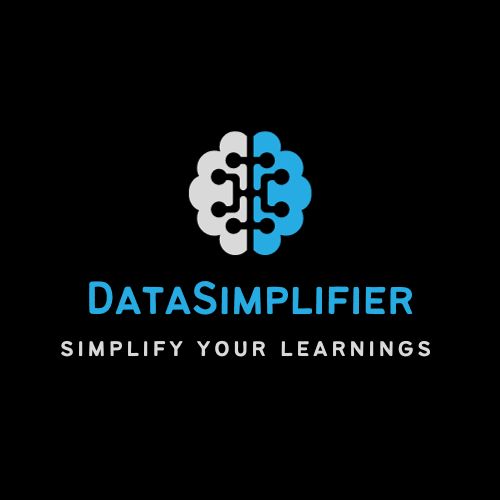Approaching a new data analysis problem is quite challenging for most of the people. With the immense amount of data increasing daily, it is considered as the new gold nowadays. In today’s data-driven world, businesses and individuals wants to utilize the power of data to gain valuable information and make informed decisions. However, navigating through a new data analysis problem can be a daunting task.

Today, I’ll walk you through the 5 best steps to tackle a new data analysis problem effectively.
Step 1: Articulating Your Data Analysis Problem Clearly
Before jumping into the data analysis problem, it’s very essential to first define your problem statement with precision. You can start with asking important questions like:
- What specific sort of issues or problems are you trying to address with this analysis?
- What specific datasets do you need for your data analysis to solve business problems?
- Who are your clients/ stockholders/ relevant audience/ decision- makers who will get benefitted from this analysis?
- What is final expectation of your clients/ stockholders/ audience from this data analysis?
- What are the specific business segment or research questions that you should aim to answer with this analysis?
- What are the key factors and important KPIs that you should consider to solve problem?
- What data sources are available, and do you have the access to the required data sources?
- What are the potential benefits or outcomes of solving this problem?
- How will the results of the analysis be communicated, and in what format (e.g., reports, visualizations, presentations)?
- Are there any legal or ethical considerations which will affect the data analysis process?
- Have similar analyses or projects been conducted in the past, and what inspirations can I take from them?
- What hypothetical assumptions am I making about the data and the problem statement, and how to validate them?
- What specific tools and techniques will be help me in collecting data, cleaning it, removing outliers, visualizing charts and finding hidden patterns?
- How will you handle data quality issues like missing data, any unexpected outliers or deviations from the initial plan during the analysis?
- How will you measure the success of the final data analysis and ensure that the required outcomes are met?
- How will the results of your data analysis impact decision-making or future actions of relevant stakeholders?
By clearly articulating your problem statement with right set of questions, you set the foundation for a successful data analysis.
Step 2: Collect and Prepare Data
Data is the backbone of your overall analysis process. Gather the relevant data from reliable data sources, making sure it is clean and well-structured.
Collecting and preparing data are essential steps in the data analysis process. The quality and suitability of your data can significantly impact the accuracy and reliability of your analysis. Here are steps to guide you in collecting and preparing data:
This step involves:
- Data collection: Collect data from various sources, ensuring its accuracy.
- Data cleaning and preprocessing: Address missing values, remove duplicates, and standardize formats to make data analysis-ready.
Step 3: Exploratory Data Analysis (EDA)
EDA is the compass that guides you through your data analysis journey. During EDA, you:
- Visualize the data: Create plots and charts to understand data distributions.
- Identify outliers and patterns.
- Compute summary statistics to gain insights into your dataset.
Step 4: Select the Right Data Analysis Techniques
Choose the appropriate data analysis techniques based on your problem and the nature of your data. Common techniques include:
- Descriptive statistics: Summarize and describe your data.
- Inferential statistics: Draw conclusions from your data.
- Machine learning: Utilize algorithms to predict or classify data.
Selecting the right technique is crucial for obtaining accurate insights.
Step 5: Interpret and Communicate Final Results Effectively
Your data analysis is incomplete without meaningful interpretation and communication of results. Here’s how to do it effectively:
- Interpret findings: Explain what the data is telling you and relate it to your original problem.
- Visualize results: Create easy-to-understand visual representations to convey your findings.
- Prepare a comprehensive report or presentation: Share your results with clear explanations, conclusions, and actionable recommendations.
Approaching a new data analysis problem can be a rewarding experience when you follow these five essential steps. By defining your problem, gathering and preparing data, conducting EDA, selecting the right techniques, and effectively communicating results, you’ll unlock the potential of data to make informed decisions and drive meaningful change.
Data analysis problems are like puzzles, and with these steps, you have the tools to solve them and reveal valuable insights that can transform your business or project.
If you want to start your data analytics career and need some suggestions for building data analyst portfolio, then this post is just for you.
You can join telegram websites shared below to get updated with new data analyst job & internship opportunities:
Jobs & Internship Opportuities
Data Analytics latest Jobs & Internships
Always remember that data analysis is not just about the final destination or outcome, but rather it’s an entire journey with new knowledge and experience you gain along the way.
Share the post with your friends

